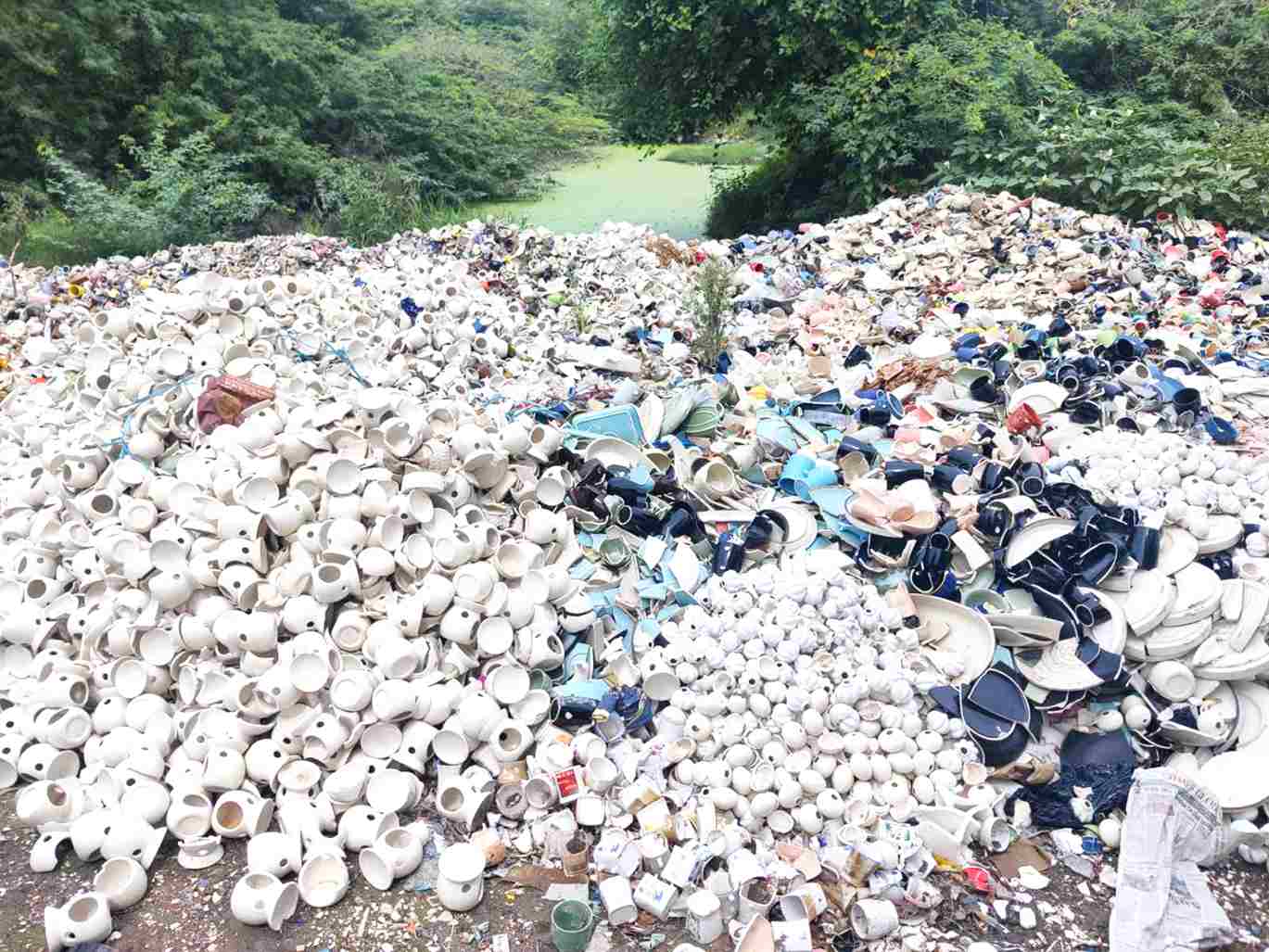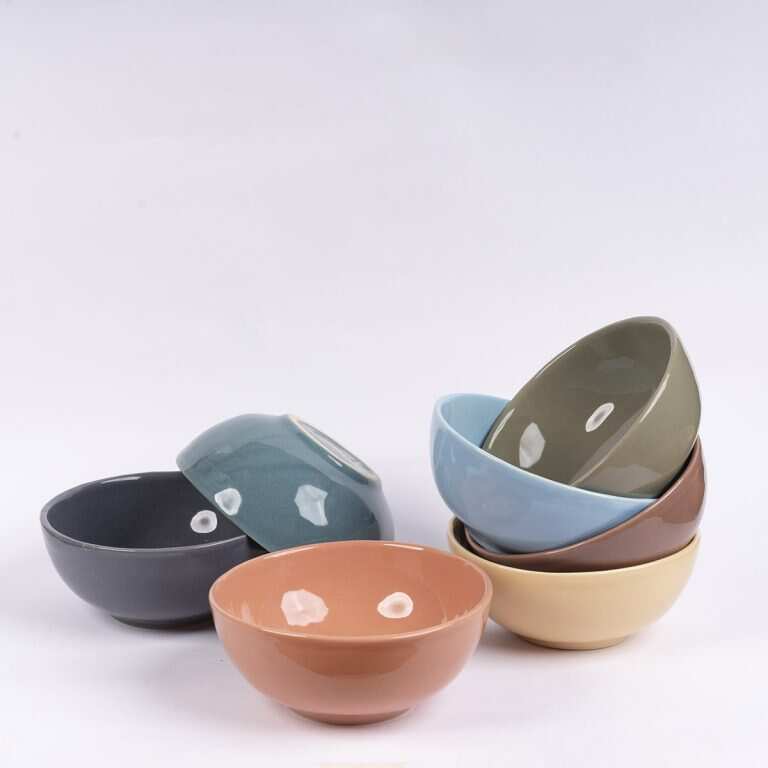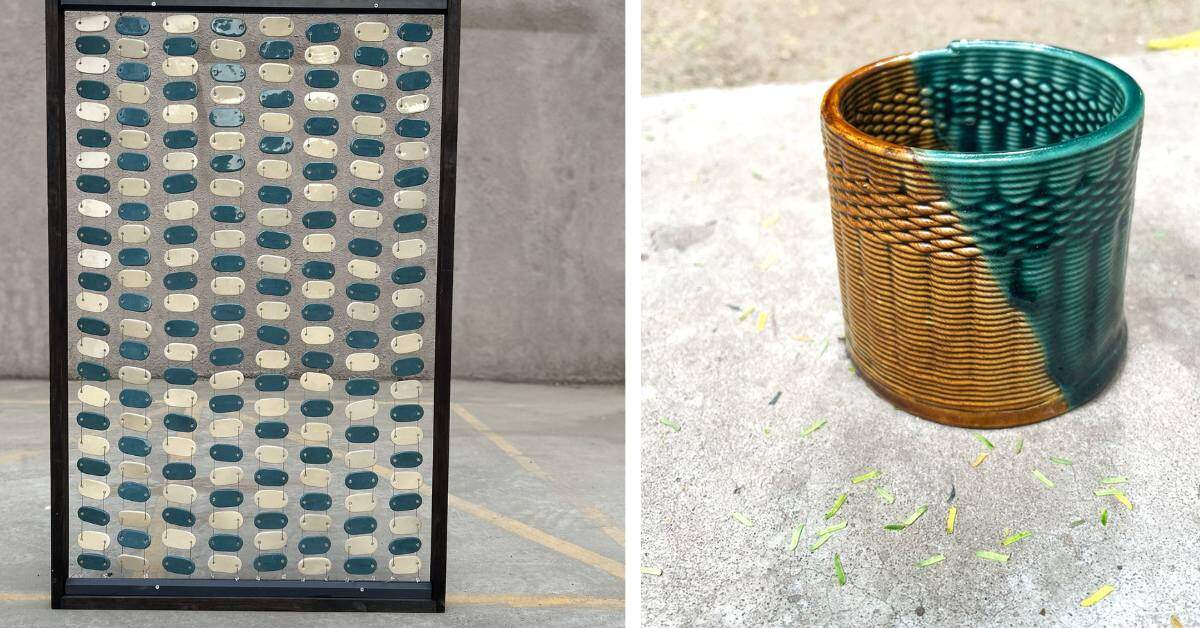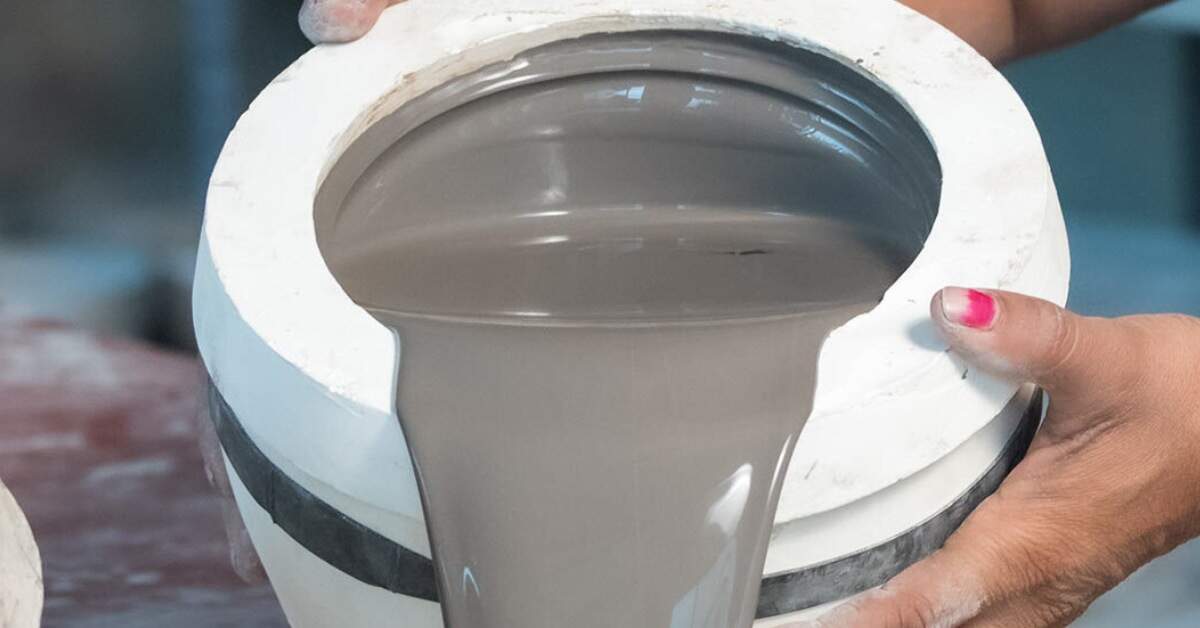How One Designer is Turning 8 Tonnes of Ceramic Waste Into Everyday Products

Ahmedabad, Gujarat — In a world where sustainability often feels like a buzzword more than a mission, one designer is proving that genuine impact can be handcrafted—literally. Shashank Nimkar, a graduate of the National Institute of Design (NID), is transforming mountains of ceramic waste into eco-friendly, functional products through his startup, Earth Tatva.
With over 8 tonnes of ceramic waste diverted from landfills already, his startup isn’t just reducing trash—it’s reshaping the way the design industry thinks about waste.

A "Eureka" Moment Among the Rubbish
Back in 2017, while visiting Khurja—a ceramic manufacturing hub in Uttar Pradesh—Shashank witnessed a sobering scene. Discarded ceramic pieces littered the landscape, dumped in alleyways and factory backyards with no real path to recycling.
“I saw waste that wasn’t going anywhere for centuries,” he told The Better India. “It made me rethink why we design at all—are we solving problems or just adding to them?”
That visit sparked a personal mission. What began as a master's project at NID quickly evolved into something bigger, bolder—and much dirtier (in the best way).

From Classroom Concept to Scalable Startup
At NID, Shashank tapped into a rare mix of technical support, mentorship, and resources to start tinkering. Inspired by a Japanese pilot project that used 50% recycled ceramic in manufacturing, he set a goal: go beyond that benchmark.
After months of trial and error, he cracked the formula—literally. The secret? A proprietary mix of pulverized ceramic waste and natural clay that could be molded using traditional ceramic techniques like slip casting.
“We eventually achieved a 70% recycled ceramic blend,” he says. “That was huge—it proved this could work on a practical scale.”
What Is the "Tatva Mix"?
The final formulation, dubbed Tatva Mix, uses 60% recycled ceramic waste sourced from factories in Gujarat (Morbi and Thangadh), blended with 40% natural clay. The process includes pulverizing waste into fine powder, combining it in a ball mill, and then shaping it either by slip casting or filter pressing—depending on the end use.
The result? A highly versatile material that can be used for mugs, tiles, partitions, and even art installations.
“Each piece is handmade at a studio scale, not factory-produced,” says Shashank. “No heavy machinery, less energy—better for the planet.”

Challenges Along the Way
The road hasn’t been smooth. Early experiments failed due to cracking molds, poor binding, and inconsistent textures. Consumer education was another obstacle. “Most people think ceramics are eco-friendly just because they come from natural materials,” he explains. “But firing ceramics requires massive energy.”
By 2020, with a Rs 20 lakh grant from the Gujarat government, Earth Tatva was officially launched—right in the thick of the pandemic.
“The lockdown slowed us down, but it also gave me time to focus on refining the business model,” Shashank says.
Real Impact: 8 Tonnes of Waste Recycled—and Counting
Earth Tatva’s work has already kept over 8 tonnes of ceramic waste out of landfills. The team estimates this has helped avoid roughly 500 kg of carbon emissions.
Kanzariya Ankit, the startup’s Technical Material Manager, shares,
“We recently introduced new products like mosaic tiles and wall partitions. These innovations help reduce the extraction of fresh raw materials and bring circularity to architecture.”
The studio fires products at around 1200°C, a temperature carefully chosen to optimize strength without excess energy use. And they’ve even switched to natural gas for firing, further cutting their carbon footprint.

Collaboration With Artists and Designers
The startup supplies its Tatva Mix to artists, architects, and pottery studios across India. Among them is Dhruva Patel, founder of Studio WildFlower.
“What impressed me was the quality of the material—smooth, durable, and beautiful,” he says. “I believe in supporting brands that make sustainability more than a tagline.”
The products aren't just "green," they’re also designed for longevity—some even fully dismantlable and recyclable at end-of-life.
Final Thoughts: Rethinking Waste Through Design
Shashank’s journey shows that design can be a serious tool for social and environmental change—if you’re willing to get your hands dirty.
“I didn’t want to just make something ‘eco-friendly’ and call it a day,” he says. “It had to be real, usable, and beautiful too.”
With Earth Tatva growing slowly but surely, his mission feels more relevant than ever: waste is not the end—it's the beginning.

